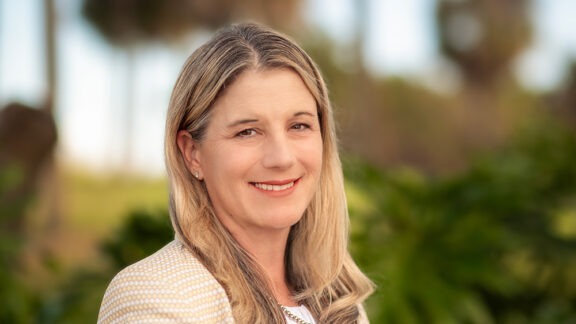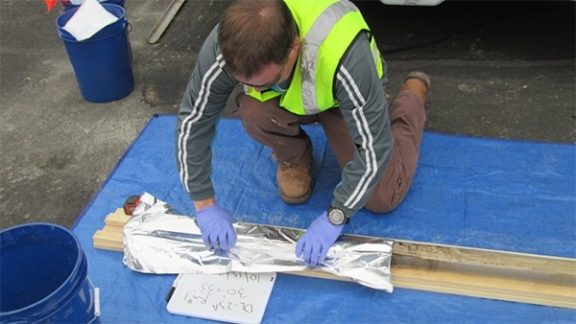A new paper coauthored by Haley & Aldrich Environmental Engineer Sarah Mass seeks to understand the extent to which exposure to aqueous film-forming foam (AFFF)-impacted drinking water impacts the bioaccumulation of per- and polyfluoroalkyl substances (PFAS) in the human body. The paper, “Unsaturated PFOS and Other PFASs in Human Serum and Drinking Water from an AFFF-Impacted Community,” published by the American Chemical Society’s Environmental Science & Technology, details a study that took place in Colorado’s El Paso County in 2018 and 2019. Sarah, who holds both undergraduate and graduate degrees from the Colorado School of Mines, coauthored the paper with Carrie A. McDonough, Christopher P. Higgins, and Sarah Choyke of the school’s Civil and Environmental Engineering Department, as well as Kelsey E. Barton, Anne P. Starling, and John L. Adgate of the Colorado School of Public Health.
The study examined the blood serum of 220 adult residents of El Paso County and water samples from water supply wells impacted by AFFF. Findings include the following:
- PFAS were most elevated in the water district nearest the source zone.
- Drinking water wells nearest the source zone had increased prevalence of perfluoroalkyl sulfonamides (precursors to perfluoroalkyl sulfonates); perfluoroalkyl sulfonamides were not detected in serum.
- A novel PFAS, unsaturated perfluorooctane sulfonate, was detected in >80% of water and serum samples.
Ultimately, the authors conclude that their findings show that communities impacted by AFFF “are exposed to complex, spatially variable mixtures” of PFAS.
To learn more about the study, read the full abstract on the ACS Publications website. You can purchase access to read or download the full article or may be able to access it at no charge through your institution.




